Made of polished chlorite, the 40,000 year old bracelet, found in Siberia, shone a beautiful green in sunlight or firelight.
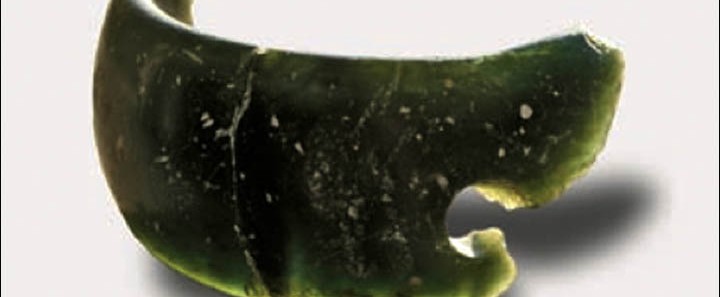
Made of polished chlorite, the 40,000 year old bracelet, found in Siberia, shone a beautiful green in sunlight or firelight.
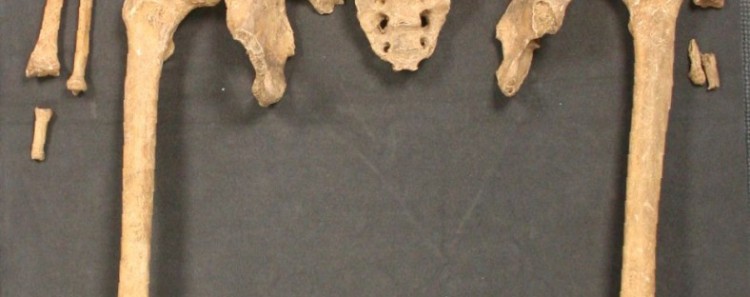
Around 1,500 years ago an Anglo Saxon man died in Britain. He was buried with a spear at his side, and a knife at his hip. He died from leprosy that was introduced to Britain from Scandinavia. How do bioarchaeologists know: READ MORE ABOUT IT:
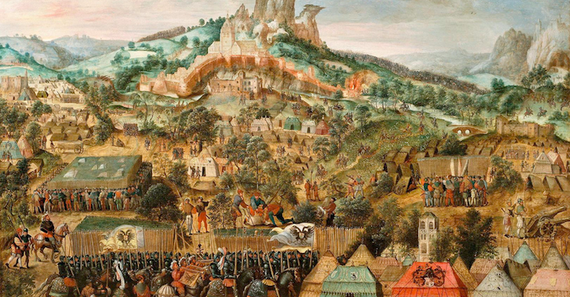
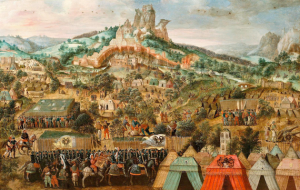 There’s a culture war going on. The one truth about culture is it always changes. That’s how human societies survive. http://www.theatlantic.com/politics/archive/2015/04/gays-religious-traditionalists-and-the-feeling-of-being-under-siege/389694/
There’s a culture war going on. The one truth about culture is it always changes. That’s how human societies survive. http://www.theatlantic.com/politics/archive/2015/04/gays-religious-traditionalists-and-the-feeling-of-being-under-siege/389694/
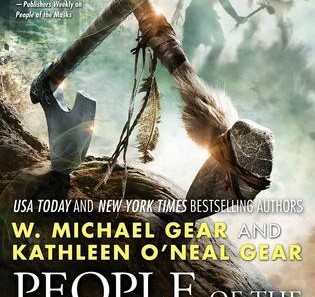
THE 15TH CENTURY VIKING MYSTERY:
DID GREENLAND COLONISTS FLEE TO JOIN THE NATIVE PEOPLES OF AMERICA?
One of the great archaeological mysteries of the northern hemisphere is what happened to the Viking colonists in Greenland? They persevered for over 400 years, from around AD 1000 to roughly 1450, but then they abandoned their villages and vanished. Why?
There are tantalizing historical references. For example, in the 1630s Gisli Oddsson of Skalholt wrote that in the year 1342 the Vikings of Greenland’s Western Settlement, “…of their own free will abandoned the true faith and the Christian religion, having already forsaken all good ways and true virtues, and joined themselves with the folk of America” (Seaver 1996, p. 86). While many archaeologists think this is a real possibility, proof is hard to come by. However, recent archaeological discoveries shed some light on what may have happened.
First, let’s talk about 11th century Viking culture. Who were they? Well, Vikings were farmers. Yes, they avidly explored distant places and conquered the peoples they needed to, but for the most part they farmed cattle, sheep, and goats, as their ancestors had done for generations before them. In fact, around 80% of the Viking diet came from livestock industries, and we know that social identity and status was based upon how many animals you owned and how much land you held. But here’s one of the tidbits of new information: By the middle of the 14th century the Greenland colonists had largely abandoned raising livestock. Instead of livestock, they were eating 80% seal meat. Why? What would force them to abandon farming and take up hunting and fishing instead?
The answer is not simple, but the main reason is they could no longer farm. How do we know? Hundreds of human and animal bones, recovered from Greenland’s archaeological sites, have been examined through isotopic analyses. Okay, what’s an isotopic analysis? There are many things that can be analyzed using isotopes, but, in this case, we’re talking about water and how many atoms of a specific kind of oxygen, 18 O, are contained in water. The number of atoms reflects the temperature at which water was formed in the atmosphere. After forming, the water then falls as rain or snow and is eventually drunk by human beings. All that means is that the number of 18 O atoms that archaeologists find in human or animal skeletal remains reflects the climate. The isotopes tell us that Viking colonists were under siege by the environment in the 14th century.
They must have started noticing the climate change around AD 1250. The growing seasons were becoming shorter. Whereas during the Medieval Warm Period (AD 900-1200), the colonists could cut summer grasses and stockpile hay for winter forage for their animals, when the Little Ice Age settled over Greenland the fjord grasses their livestock depended upon for survival were in increasingly short supply. At the end of the grazing season, there was probably little grass left to cut for hay.
On smaller farms, cattle were at first replaced by sheep and goats. Then they were replaced by pigs. After all, pigs didn’t need hay. They could eat the same things humans did, fish and seafood. But even pigs had disappeared by around 1300.
When they could no longer sustain their livestock, the Vikings started living very much as their Inuit neighbors did; they became hunters and fishers. Were they healthy? Yes. Analyses of the skeletal remains tell us they were not starving. Nor were they plagued by diseases, at least not by diseases that leave telltale signs in bones.
Yet, they disappeared, and we know that part of the reason rests in the far-reaching impacts of the Little Ice Age.
You see, the intense cold affected more than just the colonists’ ability to raise livestock. For one thing, trade with the Old World simply ceased. Prior to 1350, there had been regular ship traffic between Norway, Iceland, and Greenland. After 1350, the northern Atlantic became a nightmare of sea ice. No sane mariner would dare risk travel to Greenland, especially when things at home were growing desperate. At this time, for example, there was a 60% decrease in the population of Norway, and a 30% decrease in Iceland. These dramatic decreases began before the spreading epidemics reached northern Europe. Famines, caused by crop failures, were rampaging across Europe. Who in their right mind would risk a sea voyage to Greenland to trade for luxury goods like walrus tusks and seal skins—the island’s primary trade goods—when the only thing people at home wanted was food?
A very illuminating archaeological discovery was made in 2010 at a Norse farm on Igaliku Fjord. (The Journal of the North Atlantic, Special Vol. III, 2012). Archaeologists from the University of Copenhagan and the University of Aarhus, in Denmark, excavated a cemetery from the late period of Viking colonization and found almost no young women. Women of child-bearing age had all but vanished. If they had starved, died from illness, or been killed in warfare, they’d probably be in the cemeteries. So…where did they go?
Theories abound. For example, the young women might have returned to their ancestral Scandinavian homelands. In fact, one of the last written references from the colonies is a church document that records the wedding between Thorstein Olafsson and Sigrid Bjornsdottir on September 14, 1408, at Hvalsey Fjord. She was a Greenland native, but he was from Iceland. Did he marry her and take her home? Maybe. But that still doesn’t explain the Igaliku Fjord cemetery mystery. Why would the Greelanders marry off all their daughters to foreigners? Clearly a colony without young women is doomed to extinction. The Norse knew that. Did they realize their extinction was at hand and were saving their young women? Doubtful. If they knew they were doomed and they could get away, wouldn’t they all have left?
Our favorite theory is that Gisli Oddsson was correct, they joined the “folk of America,” probably the Inuit. But if so, archaeologists have not yet found the genetic evidence to prove it. For the moment, however, let’s grant that at least some of them did join the Inuit. Assimilation is messy business. How was that accomplished? The young Norse women may have joined the native peoples because they wished to, or in exchange for food or peace, or because they were taken as slaves. Taking slaves was a common practice among both the Inuit and the Norse. For example, one Icelandic chronicle states that in 1379 the Inuit attacked the Norsemen, killed 18, and took two men as slaves (Lewis-Simpson, 2000, p. 117). So, it’s possible that the young women either intermarried with, or were taken as slaves by, the native peoples. Either possibility makes more sense, to us, than shipping them all back to Europe.
The mystery of the missing young women in the cemetery on Igaliku Fjord will stimulate many years of speculation and excavation and, one of these days, archaeologists will discover what happened to them.
Let us hope it’s soon.
READ MORE ABOUT IT!
PEOPLE OF THE SONGTRAIL
http://www.chapters.indigo.ca/en-ca/books/
http://www.gohastings.com/product/BOOK/People-of-the-Songtrail/sku/295265401.uts
VIKINGS IN NORTH AMERICA
Lewis-Simpson, Shannon.
Vinland Revisited. The Norse World at the Turn of the First Millennium. Historic Sites Association of Newfoundland and Labrador, Inc., 2000: 295-304.
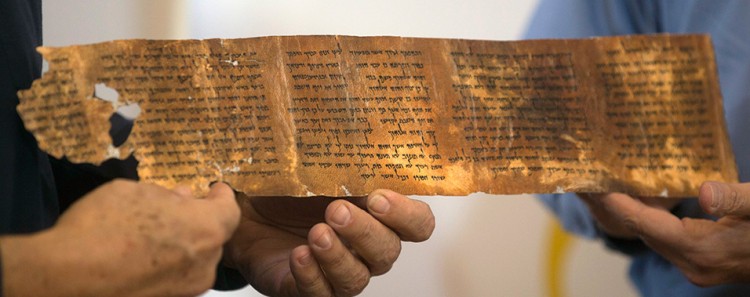
This 2,000 year old example of the Ten Commandments was part of the famous Dead Sea Scrolls discovered in Israel in 1947.